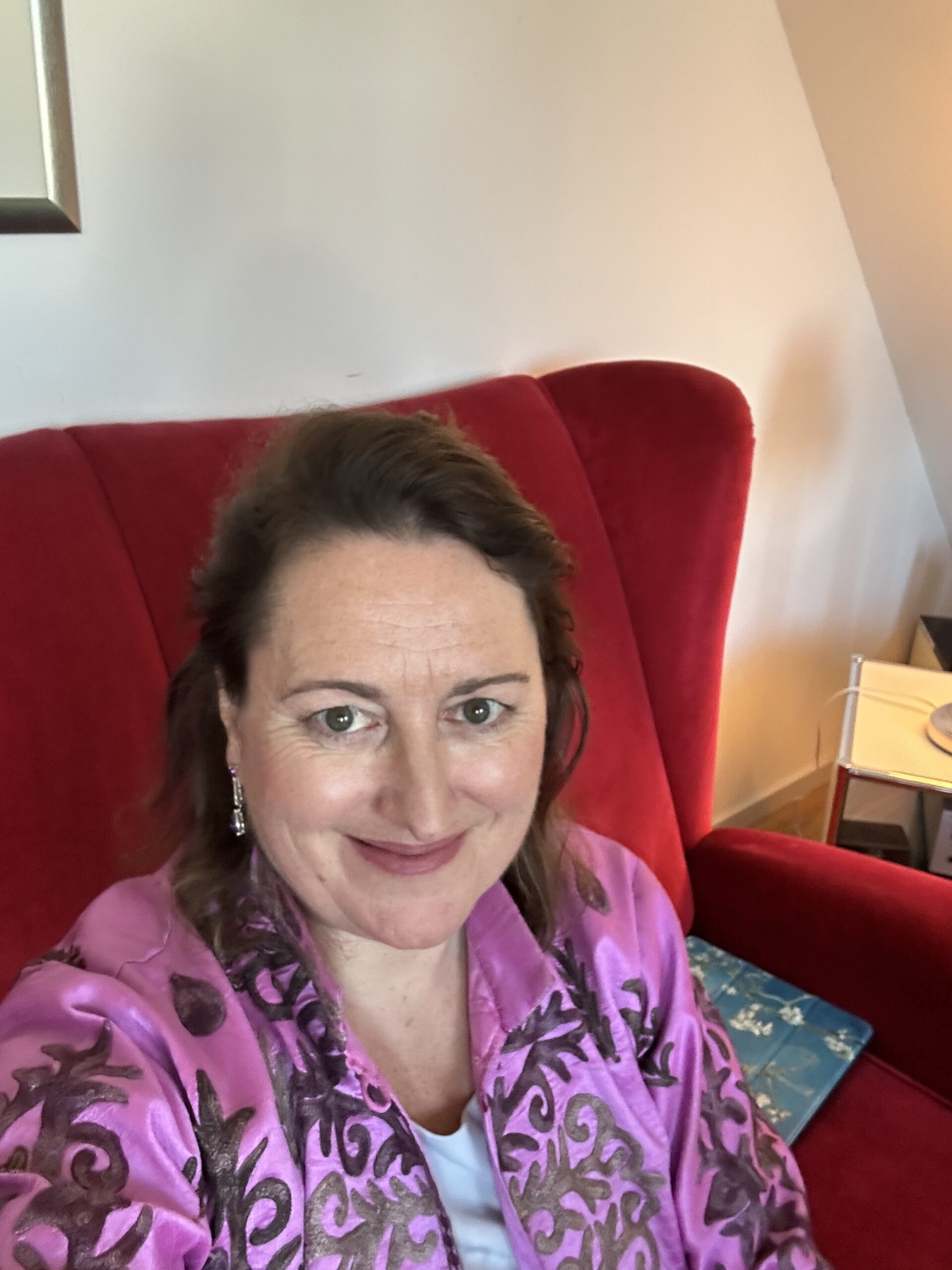Author Archives: Angie Weinberger
Expats Are Sleep Deprived

This post is inspired by sundaebean. We often hear our fellow expats complain about a lack of sleep and work taking over their lives -it seems that expat lives involve far too much work and impact sleep significantly. So for this edition, I thought I would talk about setting certain ground rules in our lives to get out of overdrive. Get Out of Overdrive Christine Hansen, sleep expert and founder of Sleep Like a Boss, has detailed and often surprising insight into how expats can improve their sleep hygiene. Let’s dive in: Before any ground rules can be established, it is important to figure out why expats have such frequent complaints about their sleep. The root cause can be traced down, […]
Improve Your Productivity Kanban-Style

The Digital Nomad – Part 3 – Improve Your Productivity Kanban-Style Last week, when you could not fall asleep because you felt overwhelmed by the increasing number of items on your to-do list, you had the brilliant idea to buy post-its and start to plan your next four weeks. Then, you also thought about writing down your 25 priorities. You already felt a little relieved and fell asleep. However, the question remains “did you actually do what you planned the day after?” I bet you didn’t do it even if you thought it was a great idea. The good news is that what happened to you last week happens to most of us too. The bad news is that […]
Simplify Your Digital Life – On Reducing Complexity

Thanksgiving and Black Friday are over and for the last few weeks, I was not in the holiday spirit at all. Even if Starbucks hands me a red cup and I order drinks with holiday flavors and eat Maroni it still feels very wrong that we are entering December shortly. It’s also a bit too warm outside. For the last few weeks of this year, I would like to bring more presence to all my interactions with you and my clients. Presence is important as we are constantly pulled in so many directions, and “energy flows where our attention goes” (Robbins, T n.d., para. 2). I would like to share with you a small confession: Before I launched my business […]
Do you Want to Live a Life Full of Purpose?

Did you just have another day where you cleaned up your desk, wondered what you had achieved today, and got home to a stack of dishes, a pile of clothes, and a crying son? Did you spend last night driving your daughter to SCUBA class, squeezed in a conference call, and forgot that it was your mother’s birthday? Did you then at 11 PM sit down thinking “Why am I not moving on with my life?”Often we think we are too busy to do the right thing, the Ph.D. we want to start, the Master’s we want to finish, the weight loss program, and the healthy nutrition we want to implement. We keep ourselves too busy to meet a new […]
My favorite Productivity Hacks

In consulting firms, you have to maintain a timesheet in which you document daily how you use your time. This can be great to give you an understanding of where you are focused and where your priorities lie. Similarly, you can increase the value of this exercise by maintaining a daily diary in which you document your accomplished tasks (Have-Done-Diary). I recommend a notebook and handwriting for this exercise.

